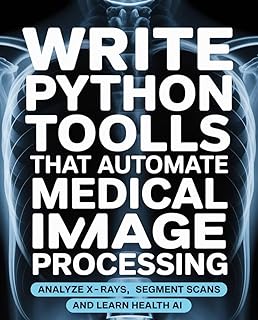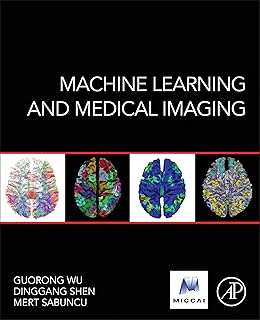In the realm of medical imaging, the detection of intracranial aneurysms is a critical task that can have life-altering consequences if missed. With advancements in technology, artificial intelligence (AI) has emerged as a promising tool to aid in the detection and management of these aneurysms. However, a recent study shed light on the challenges AI faces in maintaining consistent performance under varying imaging conditions.
The study, published in Scientific Reports, delved into the impact of changes in image data quality on the performance of an FDA-cleared and CE-marked AI system designed for intracranial aneurysm detection. The researchers used a standardized approach, employing a head CT phantom with simulated aneurysms to replicate real-world scenarios. The phantom featured three aneurysms in different locations within the brain, allowing for a comprehensive evaluation of the AI’s performance.
One of the key findings of the study was the AI’s inconsistent performance when exposed to variations in imaging parameters such as dose and image reconstruction methods. While the AI demonstrated stable performance within a medium dose range, it exhibited inconsistencies at lower and higher doses, particularly when using filtered back projection (FBP) for image reconstruction. Surprisingly, the AI’s performance degraded at higher doses with FBP, contrary to the expected improvement in image quality.
In contrast, experienced neuroradiologists participating in the study were less affected by changes in data quality and consistently identified the aneurysms across different imaging conditions. This discrepancy highlighted the need for ongoing monitoring and validation of AI algorithms to ensure reliable performance in clinical settings.
The study underscored the importance of standardized testing and quality control measures for AI solutions in medical imaging. By using phantoms that replicate human anatomy and pathology, researchers were able to assess the AI’s response to various imaging conditions in a controlled environment. These findings have significant implications for the deployment of AI tools in radiology practices, emphasizing the importance of understanding the limitations and performance characteristics of AI algorithms under diverse imaging scenarios.
Moving forward, the study advocates for continued research and development in the field of AI-enabled medical imaging, with a focus on improving algorithm robustness and adaptability to different imaging conditions. By addressing these challenges, AI has the potential to enhance diagnostic accuracy and patient outcomes in the detection of intracranial aneurysms and other medical conditions.
📰 Related Articles
- Ultrasound Challenges Fluoroscopy in Vascular Access: Study Reveals Insights
- Study Reveals SEO’s Vital Role in AI Search Evolution
- Study Reveals Menstrual Hygiene Challenges Among Indian Women
- Study Reveals Menstrual Health Challenges for Female Athletes in Bangladesh
- Study Reveals Interconnectedness of Abdominal Aortic Aneurysm and Renal Artery Stenosis






